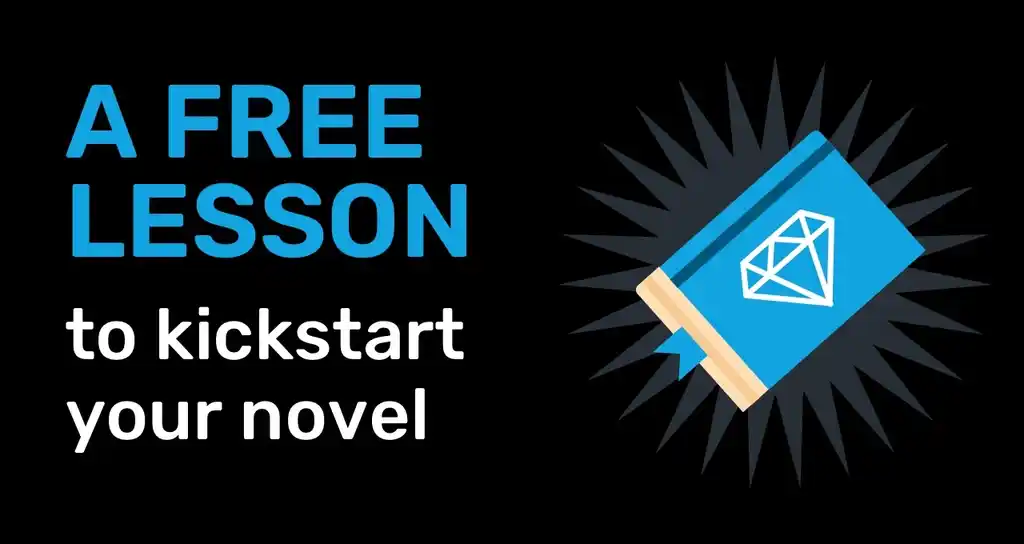
Anna Bierhaus
Anna Bierhaus worked at Sanford J Greenburger Associates, a literary agency in New York City, Oxford University Press, and was a Writer-Recruiter for Marvel Comics. She got her MFA in fiction from NYU where she also taught "Intro to Fiction and Poetry" as part of her funding package.
I’ve worked in publishing for several years, first at the literary agency Sanford J. Greenburger Associates and then as a writer recruiter for Marvel Comics. I would look for writers with certain qualities in different mediums — playwrights or screenwriters, for example — and I’d be like, “Oh, they'd be a great Punisher one-off writer!” I’d pair them with the editor and walk them through the process. I’ve worked at Oxford University Press and I taught Intro to Fiction and Poetry at NYU.
Now I edit for Reedsy, so give me a shout!
So today I'm going to be talking about pacing and, as the title promises, how to write a page-turner in four steps.
What is pacing?
Pacing is how quickly a story moves. If you think about it, a book is just static words on a page. So how do we create movement from that? How do we create momentum?
When I was a grad student at NYU, a professor assigned the first 50 pages of The Hunger Games, and the next day we were going to talk about it in class. The next day everyone showed up exhausted because everyone had stayed up all night reading the book. It was the only book that semester where that happened.
So how can we do that? How can we achieve what Suzanne Collins did with The Hunger Games?
1. Establish Conflict
In our lives, we generally don't like conflict. We want life to be easy and mellow — but with storytelling, conflict is essential because it drives the story forward.
So how do we create conflict? A character wants something, and they can't have it.
Set up the conflict early
And it's really important to set up conflict as early as possible and get to know what the character wants. In an hour-long TV drama, they would usually set up the conflict in the first 10 minutes. And that's kind of generous: it's almost always earlier in the 10 minutes. In a 30-minute comedy, they would do this in the first five minutes.
In The Hunger Games, there are five sentences in the first paragraph. In the final sentence, she talks about how there's going to be a “reaping” later. Just the way that the sentence is structured and the sound of the word reaping, we know that conflict is coming — that it's imminent.
Your readers must be invested
To have a successful conflict, we have to be invested in the characters. And that doesn't mean we have to like all of them. If you think about Game of Thrones, there are probably a few characters you liked. You probably didn't like all of them, but we needed a few of them to root for.
It's kind of like watching a sporting event where two teams are playing and you don't care about either of them. It's very easy to just be like, eh, and start doing the dishes while it's on. But if you're really invested in one of those teams, you're going to be at the edge of your seat. You're going to want quiet and you're going to be very, very focused on the game. We want that same kind of investment in our characters, that same kind of focus.
How do we write characters that people are invested in?
It helps to build empathy for them. And one way to do this is to show us their vulnerable side.
Say your character is a billionaire supermodel who graduated top of their class at Harvard: I would have a hard time relating to that. But if we learned that they had a hard childhood or they've been struggling with this one thing, that helps let us in. And in showing us that vulnerable side, we can relate to them. That’s one reason why underdog stories are so timeless: there's a real vulnerability in being the underdog. The odds are stacked against you, like David and Goliath.
A friend and I once decided that, for a whole year, we were going to read with the question in mind: how do you write a character readers root for? We compared notes at the end of the year. And the one thing we both found was the repetition of one word: grateful.
Most of the time, the characters we rooted for used “grateful” when describing their lives or certain situations. And it didn’t mean that their lives were perfect—far from it—but they looked for the silver lining. And we both found there was something really compelling about that.
So it’s worth looking at characters that you felt most compelled by — ones that you rooted for the most. Are there certain words used to describe this character? Words that this character used?
Not all conflicts are earth-shattering
Your conflict doesn’t have to be huge: aliens vs humans with all of humanity on the line. It could just be something on a smaller scale: two people exchanging a look in the kitchen. No one story is more valid than another, as long as there is conflict.
So, in summary:
- Conflict drives pacing and the sooner you set it up the better.
- To have successful conflict, we need to root for some characters somehow, or at least be able to empathize with them.
- The conflict doesn't have to be a massive conflict. It could just be stolen yogurt.
2. Define your stakes
One way to think about stakes is what will the character lose if they don't get what they want? Stakes are important because they show us what is on the line. If nothing is on the line, then nothing matters, and the story has less weight. Again, it doesn't have to be a matter of life or death.
A couple might be having an affair, and if they’re caught:
- they'll be banished from their community;
- It would lead to a strange relationship with one of their children.
Maybe someone really needs money. If they don’t get it:
- They’ll be evicted from their homes,
- They’ll have to start stealing from work, which risks losing them a job they love.
Stakes can be small or large and having them really helps with the pacing of a story
So, what are the stakes in your story?
You’re at a cocktail party. There's a group of people talking in a circle and someone tells a joke and it's hysterical. Everybody laughs. Then later, they tell the joke a second time and, awkwardly, no one laughs. That's because we know what to expect and the surprise is gone. The same goes with stakes.
If the stakes stay the same throughout the story, then the story will start to stagnate. So you need to think:
- How can you raise the stakes in your story?
- How can the situation go from bad to worse?
- Even better — what if your character gets what they want, but that puts them in an even worse position than they were before?
From bad to worse…
Here are two examples of things going from bad to worse.
In The Hunger Games, Katniss and Peeta have become tributes and they're fighting for their lives. And at one point Katniss sets off a bomb to destroy their rivals’ food supply. But by setting off the bomb, she’s caught in the edges of the blast and loses her hearing for a little bit. So here she is: she's already being hunted by people and now, she suddenly loses one of her senses. That's a really bad position to be in.
In Hulu’s Run, a young woman is being held captive. Halfway through the story, she manages to escape and so the audience thinks, “okay, she made it.” But then she's recaptured by her kidnappers. And whenever she's brought back to where she's held against her will, it seems impossible. The viewer feels her hopelessness so strongly. It feels impossible, and now, there's no way she's ever going to be to escape out. So the situation has gone from bad to worse.
I don't want to give away what happens later, but it’s essential to think of ways, so the stakes are always changing—and the situation keeps getting worse and worse.
Set a ticking clock
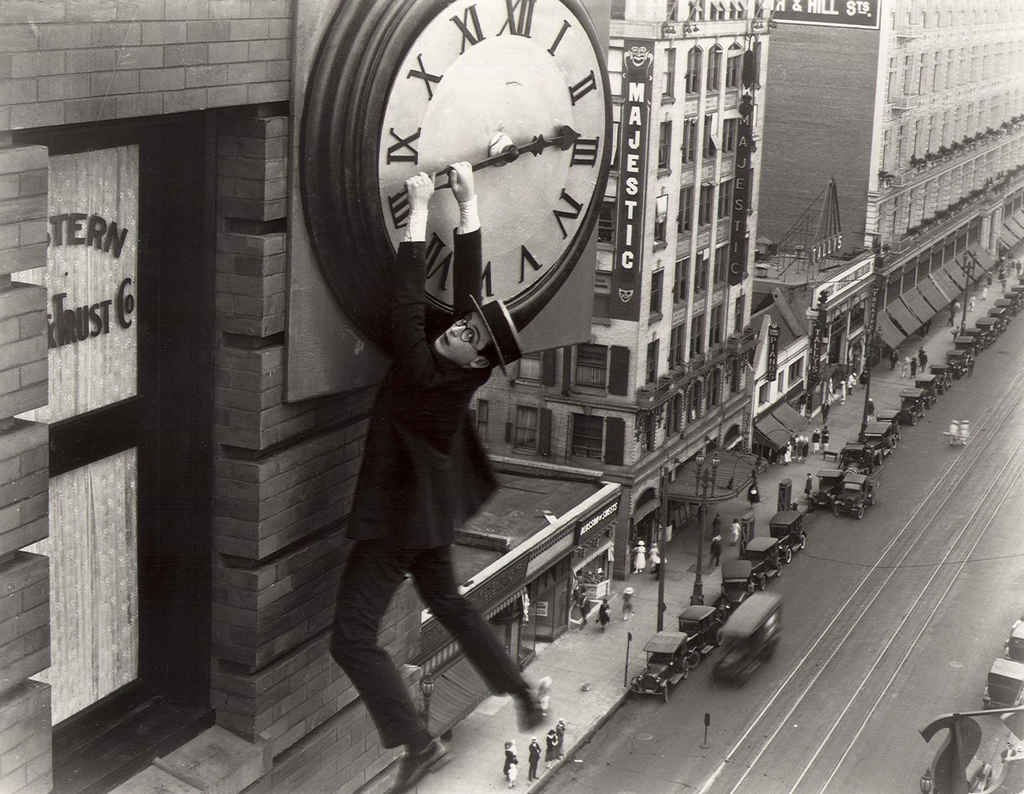
Sometimes a ticking clock can help escalate the tension and create stakes. Here’s an example: if a detective has 24 hours to catch a serial killer or another person will die. This deadline creates an added pressure that can really rocket the story forward.
Sometimes people think that a ticking clock only works for thrillers or horrors, but it works for any kind of story. For example, you could have a romance where one character has a month to make the other character fall in love with them. In Hillbilly Elegy, the main character goes home to Kentucky, where his mother is sick and in the hospital. But the next day at Yale, he has a job interview for this dream job that he's always wanted. So there's a question hanging over him he's visiting his mom: will he leave and go back for this interview tomorrow, or will he stay with his mom?
So it’s worth asking if there’s a way to add a ticking clock into your story. How could that fit organically?
So in summary:
- Stakes don't have to be life or death.
- They should increase as the story goes on.
- Adding a ticking clock can help create a sense of urgency and elevate the stakes.
3. Progress the story with every scene
I had a professor say that storytelling was “all about the release of information and what the reader learns when.” So when you’re writing each scene, it’s helpful to know the most important information you're trying to get across and use that as a guide.
(There's also that old adage that every scene should be doing two to three things.)
So every scene needs to move the story forward. It sounds so simple and so obvious, but I think it's very easy to forget — and it's something I see a lot as an editor.
Your goal is to get those pages turning, so if you have a scene that doesn't really have a point, it's just bulk. You’re making readers turn the pages — but with no real point, they’re going to slow down when they're reading it. There’s no random 10-page scene about arts and crafts in The Hunger Games: everything moves the story forward. It's all there to serve the story.
I think a lot of times, people write to find the story. To do that, they, by default, will write some scenes that may not serve the story because they're still kind of finding it. But then when they go back and revise their draft, there'll be one hilarious joke that they love in a scene or one description that they love. They won't get rid of the scene because they love that one joke or description — even though the scene doesn't move the story forward.
Keep your maybes safe
It hurts to cut out scenes, especially if you love one part of it. So one thing that has really helped my clients a lot is to create a “maybe doc”. That's just a new document where you keep the scenes that don't particularly work in the story. You put it in the “maybe doc” and maybe you'll use it again. Then in your next book, maybe you need a funny joke about arts and crafts. And so you go back and you look and you can find it, tweak it and reuse.
Also, if you're a funny writer or you're very good at descriptions, you're going to do it again. If you wrote a funny joke in one scene that you’ve cut, you're probably going to find an equally funny joke or a similarly beautiful description in a scene that serves the story.
Loading Chekhov’s gun
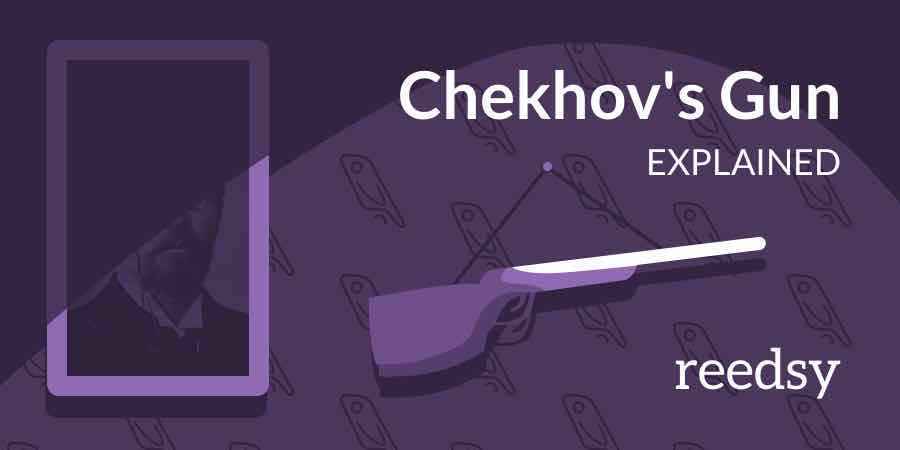 So Chekhov says that if you set a rifle on stage in the first act, then it must go off in the second or third act. So in other words, seed or foreshadow what will come later.
So Chekhov says that if you set a rifle on stage in the first act, then it must go off in the second or third act. So in other words, seed or foreshadow what will come later.
Going back to The Hunger Games and the last sentence of that opening paragraph, we have a foreshadowing of what's going to happen: the reaping. And we know that that's going to come soon in the story, which creates anticipation as we're not sure what the reaping is. So we're kind of reading to figure what it is out.
The Blair Witch Project is a story all about anticipation and dread. These people are camping and they wake up to twig figures outside their tents. They'll hear weird sounds at night, but you never really see that witch as the whole story hinges on anticipation and dread.
Anticipation is a powerful story tool that can really keep people invested in the story.
With Chekhov's gun, it's really important to pay it off. So if you do have a paragraph describing a gun (or whatever) and then it never comes up again, it will disappoint the reader or the reader who will think, “why did you waste my time with this description if it doesn't really serve the story?”
Note: one exception to this is a Red Herrings, a device in a detective story where you’ll throw the reader off the scent of the true killer. And that works fine, but I think, just generally, if you set something up it's really important to have it pay off.
Enter late, leave early
A lot of new writers will write a story with a person getting out of bed. They make breakfast and then they drive to work. And then on page 30, the story starts.
I think it's really important to kind of dive in where the action starts. You should think about what information you're trying to get across in that scene and start then. We don't need that padding at the beginning and we don't really need that padding at the end to serve the scene and get that information out.
If a character is leaving a party, you don't want them to seem like a jerk if they're leaving and they're not saying goodbye to people, but then it's also tricky because if they say goodbye to every person at the party, it's kind of creating this narrative drag.
So, what do you do? Art doesn’t absolutely mirror real life. And so if you really want them to say goodbye, maybe they say goodbye to one person and that’s a stand-in for everyone else. Or the reader will just infer that they eventually left the party.
So in short:
- Every scene must move the story forward,
- Use foreshadowing to add dimension to scenes and create a sense of anticipation that helps with narrative drive.
- Enter scenes late and leave early.
4. Build towards a climax
This goes for all kinds of stories — not just thrillers. Comedies, romances, whatever — we really want that feeling of escalating to the climax, which is why it helps if the stakes are raised over the course of the story.
It can also help if you escalate both external and internal problems. In Lord of the Rings, as Frodo gets deeper into Mordor, his external problems are escalating because he's in enemy territory, surrounded by orcs and other real dangers. But his internal issues are growing too: the ring is taking more and more of a toll on his psyche.
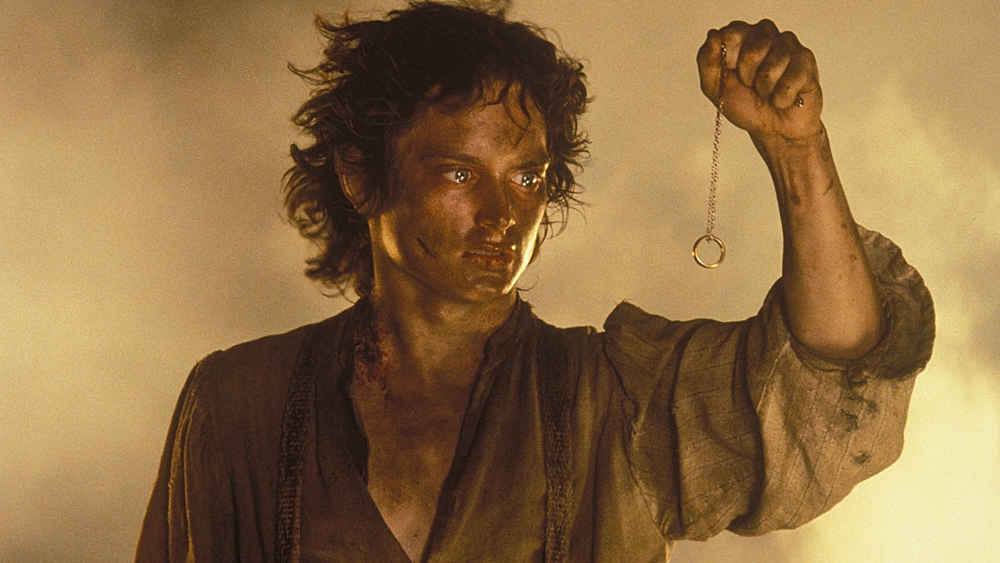
When a climax isn’t working, a lot of writers will stay focused on the climax, trying to figure out how to get it to work. But usually, if you are having that problem with the climax, it's actually an earlier structural problem.
The same is true with the second act. If you’re having an issue with the second act, that problem is usually rooted in the first act and things haven't been properly set up. It's a good thing to keep in mind if you're struggling — look a little bit earlier in your story.
The climax tests the character’s flaw
It can help with building to your climax if your characters have some kind of flaw that's really tested.
- Will Frodo be able to destroy the ring in Lord of the Rings or will that same greed for the ring grip him as it did with Gollum?
- In The Queen's Gambit, will Beth be able to overcome her addictions and beat the Russian?
In both of these examples, these are things that the characters have been struggling with throughout the story. It's not a new set of issues thrown in for the climax and the stakes are raised.
Bringing all your conflicts together
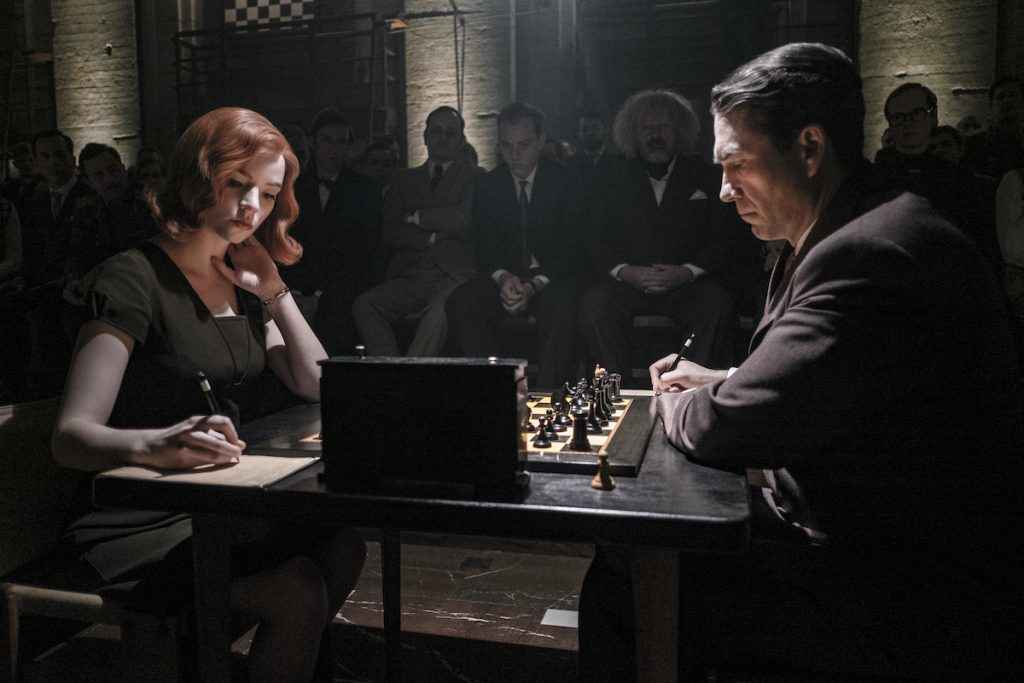
In The Queen's Gambit, Beth has the chance to defeat the world champion. And she loves chess and this has always been a dream of hers, but she's also facing the height of her addictions because she’s recently suffered a loss that triggers a relapse. So at the same time that she’s reaching the climax of her conflict with the Russian and her dream is within reach, she’s at the height of her struggle with addiction. These two things crescendo at the same time.
Ask yourself what is the character struggle and how can that reach a fever pitch in the climax?
Calm before the storm
I've had some great professors who would talk about how Homer would use very, very beautiful lyrical language right before violence. So it would lure the reader into a sense of peace and then bam! Something would happen. The calm before the storm. This contrast can really help accentuate your highs and lows, painting them in stark contrast.
You also get that moment of hope where it feels like the character is going to make it after all — and then the hammer drops. And you feel it even more because you’ve just come off a high.
Control your speed
I love surfing and I do it very, very badly. I remember when I was first starting out, I never realized I could control my own speed and when I finally figured it out, it blew my mind. To control your speed in surfing, you put more weight on the front foot, and then to slow down, you put more weight on your back foot.
It can also surprise writers that they too can control the speed.
One way to kind of speed things up is to play with sentence length, scene length, and chapter length. And when all of these things are shortened, it increases speed. So that's why a lot of thriller writers will use short sentences, short scenes, and short chapters, while literary writers will use long flowing sentences to talk about a psychological insight.
Another way to think about it is like a fight scene in a film. There are quick cuts in the editing and the camera angles change — it's all very fast. You get this sense of momentum and it all feels very dynamic. You can do the same thing by working with the sentence length, chapter length, and scene length to create this forward movement.
So in short:
- It helps to raise both the internal and external conflict, not just one or the other.
- It helps if a character's flaw is tested in the climax.
- If you want to move faster, use shorter sentences, scenes, and chapters.
- If you want to slow down and create that calm before the storm, aim for longer sentences, scenes, and chapters.
Bonus! Dialogue creates speed
Dialogue can also create speed in scenes because dialogue tends to be shorter. It also leaves more space on a page so you're not reading through these bulky paragraphs.
To improve your dialogue, I encourage writers to read, read, read. If they're watching Netflix or Hulu or whatever, I also encourage people to try watching it with closed captioning. Over time, it helps you internalize the dialogue you're seeing on TV and see how naturalistic it is. People are always kind of surprised by how short and punchy dialogue is. And I really do find that it improves writers’ dialogue over time if they do this.




